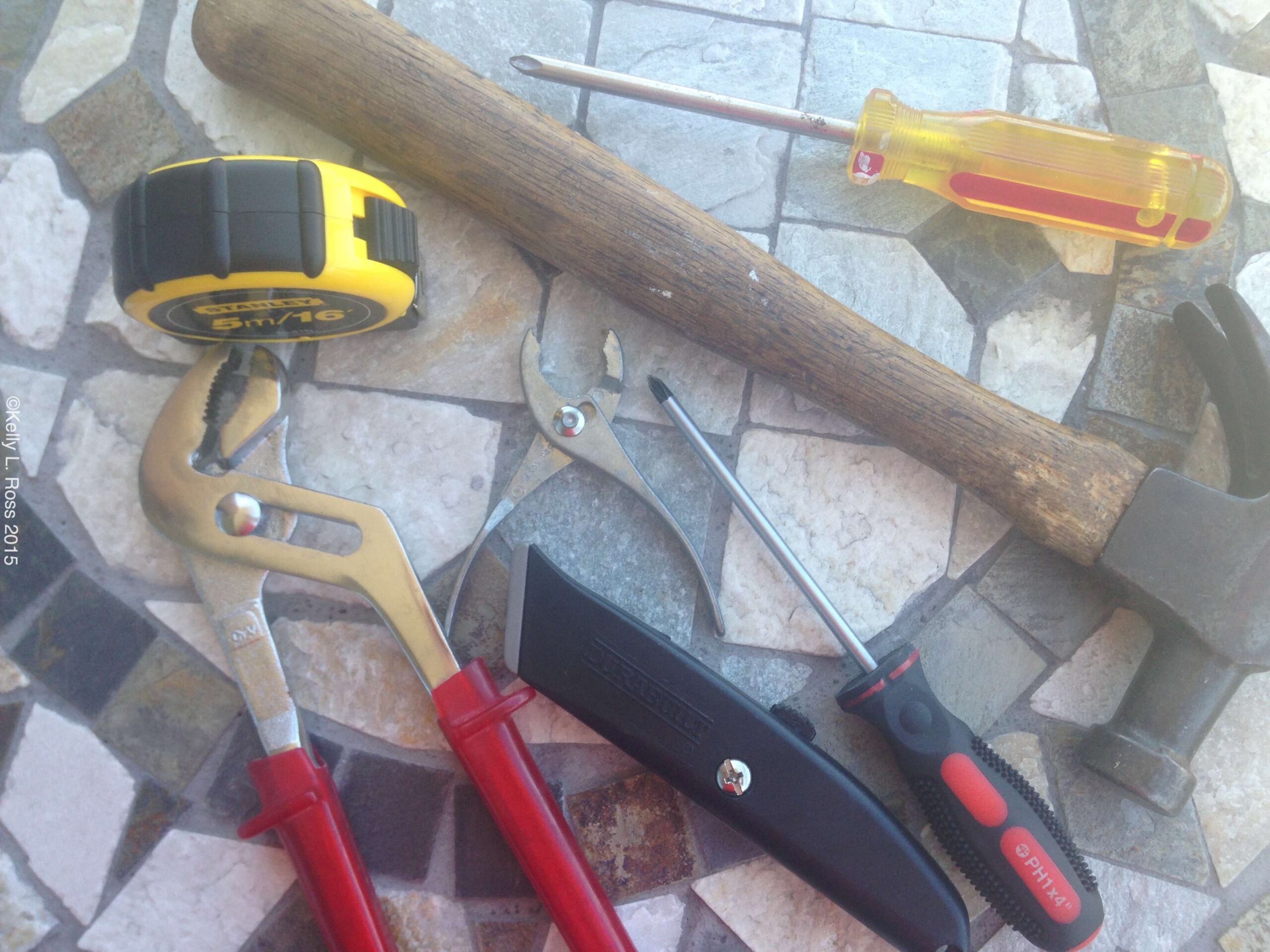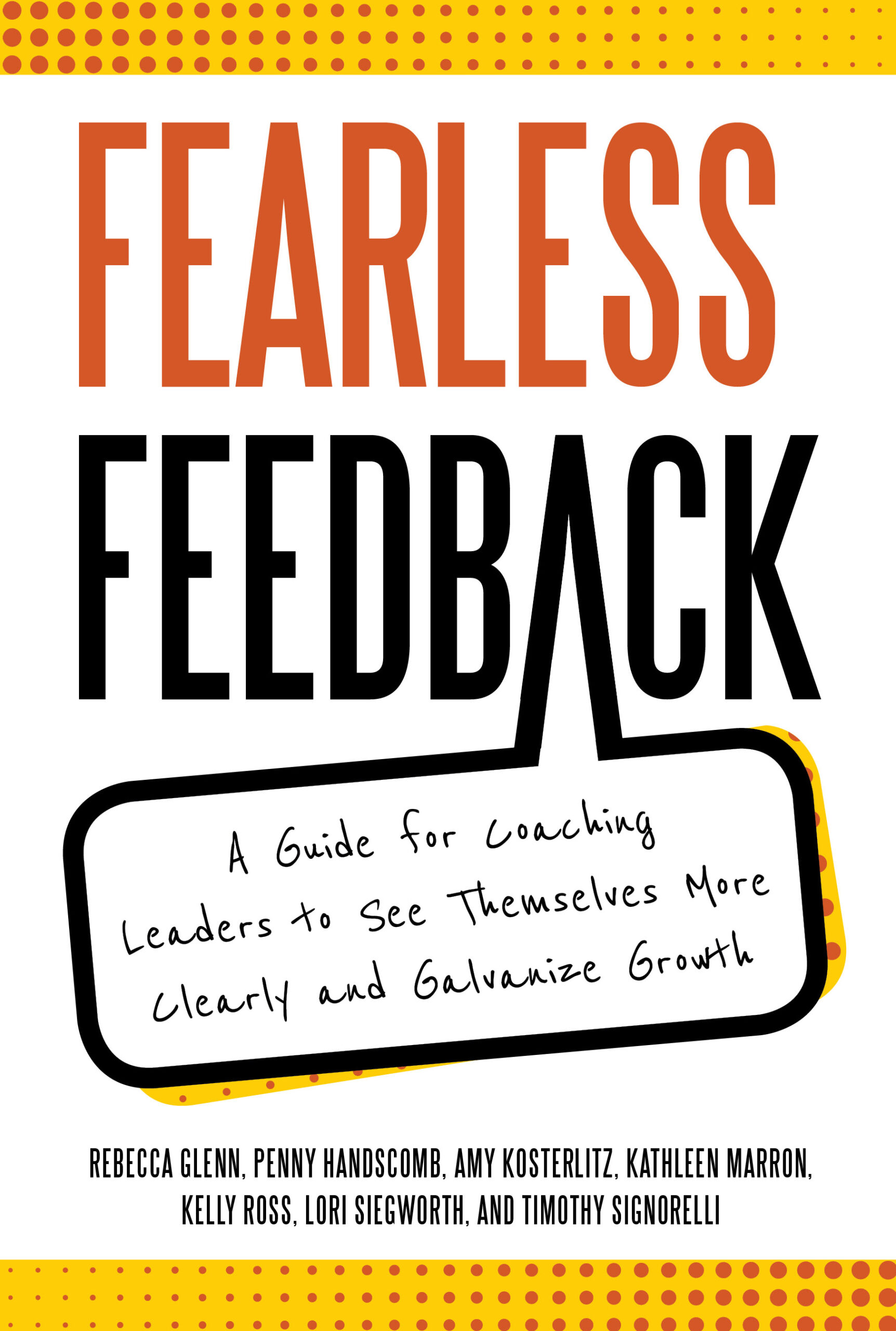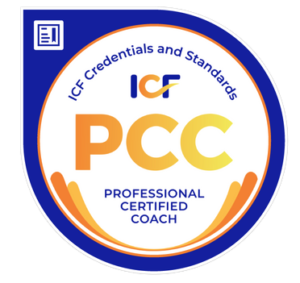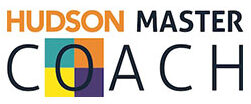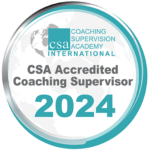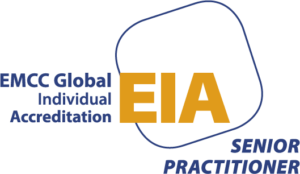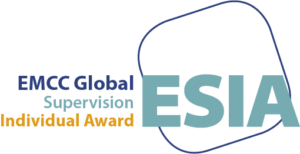I’m often asked to help teams work better. I’ve discovered that team building means many things, so I start by asking the potential client some questions:
- How will we know the team building session has been a success?
- Why are you looking to have a team building session now?
Clients often start the conversation by asking if I can run a session with a specific tool or assessment, such as Myers Briggs Type Indicator (MBTI) or StrengthsFinder. Rather than starting with a tool, I like to answer the above questions first, and then fit the right tool to the situation. There are many tools and assessments, and they don’t all fit every situation.
One of my clients is an SVP at an online retailer that is in the midst of massive change. About a year ago I led a Myers-Briggs Type Indicator (MBTI) workshop for the 45-person marketing team and then a follow-up workshop where we applied MBTI to communication styles. Since then, there has been an office move, a shake-up of team members and several shifts in strategy. Catching up with the SVP recently, she talked about how tough all the change has been for her and her team. She asked if I would lead another workshop about MBTI and change. After talking through the above questions, I suggested we take a slightly different approach. We will return to MBTI, a tool the team knows and has common language around. We will look at Type under stress, as the changes and uncertainty are stressful for the team. We will do an exercise to look at what each Type finds energizing, stressful and stress relieving. In addition to MBTI, I suggested we bring in the work of William Bridges to supplement the conversation about change.
Managing Transitions
Bridges posits that we go through three phases of transition with each change:
- First there is the Ending. I don’t go to the old office location any longer. It can be tough to let go of and it often helps to celebrate the old before moving on.
- Next, we hit the Neutral Zone. This is the in-between place where we are not yet really comfortable with the new but the ending has happened. It can be disorienting but it can also be a time of innovation.
- Finally, we come to the New Beginning. This is when we are really living the change.
We are often more ready to fully embrace the new beginning if we have honored
the first two phases.
I find this framework helps me to understand all the emotions I have about change, especially the ups and downs I tend to feel.
Ask Good Questions and Define Success Before Selecting a Tool or Assessment
If you are leading a team in the midst of change, be mindful that stress manifests differently depending on a person’s MBTI Type and consider how Bridges’ work might apply to your team. The resources below are a good starting point.
Resources:
- Managing Transitions book
- MBTI: What happens when we are under stress for each Type
- MBTI: Relieving stress for each Type
- MBTI: Understanding the Inferior Function
- Read more about tools and assessments I often use in my work with teams and individuals here: Using Assessments in Coaching
